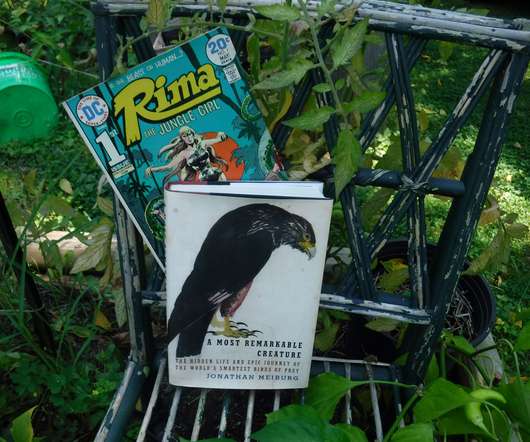Noxious: Montana’s Battle With Spotted Knapweed, and What Birders Can Do
10,000 Birds
JULY 25, 2014
It’s bad enough to be an invasive species — the term shows a major fall in public esteem from the days when acclimatization was the rage. But as a descriptor, ‘invasive species’ doesn’t have a patch on ‘noxious weed’ Call something a noxious weed and there’s no doubt where you stand on it.













Let's personalize your content